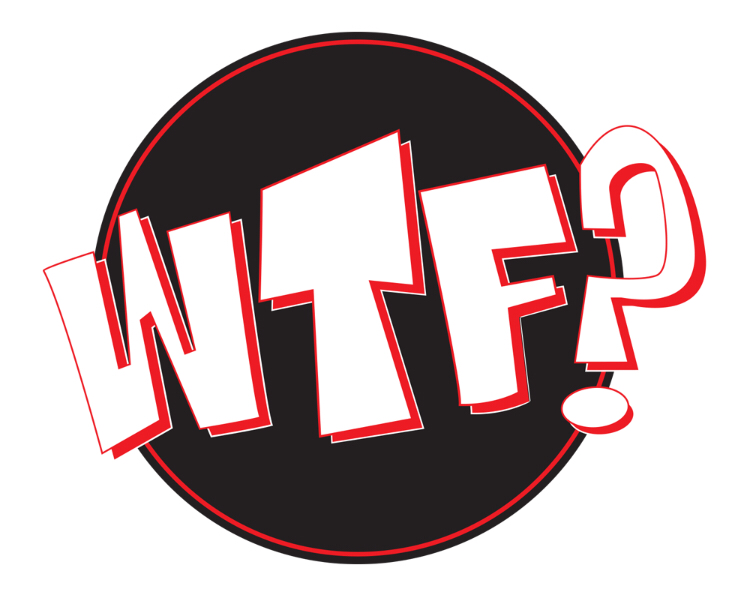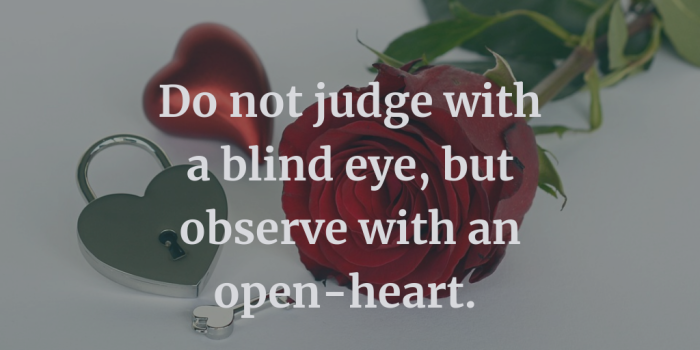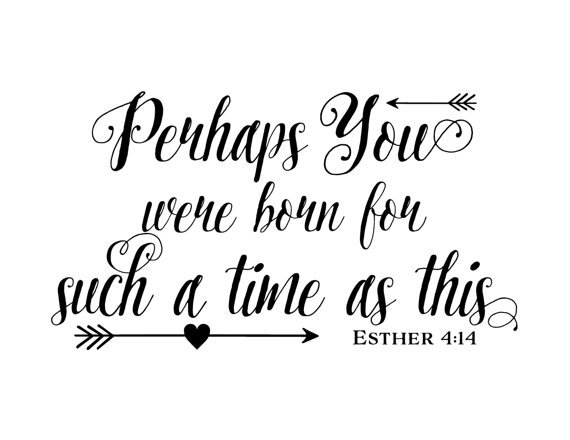Celebrating the beginning of a new year is a ritual practised by most cultures, even if it takes place at times other than 1 January. If you are Chinese, you won’t be getting too excited this year until 16 February, the beginning of the zodiac year of the Dog. Meanwhile, the Balinese will mark the new year, according to the traditional lunar calendar, on 17 March with Nyepi, a day of silence and inner reflection when no one leaves their home – the rules of Balinese Hinduism prohibit traffic, fire, work and recreational activities on this day. To compensate, the days before Nyepi are filled with upacara (religious processions and ceremonies) and raucous street celebrations designed to chase away malevolent forces.
Explosive street celebrations are also a key element of the Dutch embrace of the incoming year, but our second New Year’s Eve (oudejaarsavond) as residents of Den Haag began with a gezellig, small gathering at our next-door neighbour’s home, sharing both the past year’s experiences and hopes for the future. Among the tasty snacks on offer were two traditional Dutch delicacies enjoyed over the new year period, oliebollen and beetroot and herring salad. Oliebollen are deep fried, spherical doughnuts; the dough mix usually includes raisins, currants, sultanas, or sometimes cranberries or candied fruit. The salad consists of pickled herring, cooked beetroot, gherkins, pickled onions, boiled potatoes and some white wine vinegar. All ingredients are cut into small pieces. (Read more at DutchNews.nl: 10 traditional Dutch recipes – not all of which involve potato http://www.dutchnews.nl/features/2015/02/10-traditional-dutch-recipes-not-all-of-which-involve-potato/.) I can now appreciate the innovation finalist Dutch Ben demonstrated in Australian Masterchef 2017 when incorporating his cultural roots into his cooking.
Fireworks are generally part of the New Year’s Eve ritual, particularly in western urban contexts, and Dutch cities and towns are no exception. However, the Dutch approach to fireworks is quite different to the organised super-displays such as in our home city of Sydney, where the firework-festooned Harbour Bridge is the focus of attention for the masses of onlookers crammed into vantage points around the harbour shores. Yes, there are organised displays in the Netherlands, but individual ignition of serious fireworks is allowed, and as New Year’s Eve approaches, the populace’s patience is sorely tempted and the massive personal arsenals of legally and illegally purchased fireworks begin to deplete amid clouds of smoke and explosive cacophony. This year it is estimated that the Dutch spent a lazy €68 million endeavouring to outdo each other with spectacular neighbourhood fireworks shows. As some of the ‘bungers’ are the equivalent of hand grenades (minus the shrapnel), rockets are launched from precariously perched bottles, and bonfires are set in the street close to parked cars, inevitably oudjaarsavond fun comes at a cost. Dutch News reported that there were fewer fireworks complaints and arrests this year – the fire brigade was only called out 4,024 times, 61 people were arrested and 40 car fires reported in Den Haag, and 14 people attended a specialist eye clinic in Rotterdam. All this sounds somewhat gevaarlijk (dangerous), and it has to be said that the thick clouds of smoke, flashes of brilliant light and Apocalypse Now style soundtrack do resemble a war zone. However, the spirit of the evening is undoubtedly exciting and full of bonhomie.
Civilised folk step outside their homes at midnight to wish their friends and neighbours ‘Gelukkig nieuwjaar!’, share a glass of champagne and let off some fireworks. Some of the street displays are so amazing that you’re left wondering if it might be a council sponsored event. It’s well worth dodging shooting embers to take it all in. Meanwhile, some of the over-exuberant, fireworking young men might be found discussing the nature of their activities with the politie.
If you are able to negotiate a path throughthe war zone down to the beach in Den Haag you can watch and sizzle as the two biggest bonfires known to humanity burn. An annual competition between the communities of Scheveningen and Duindorp sees the construction of Guiness Book of World Records breaking stacks of pallets ready to ignite; last year the Scheveningen bonfire set a new record of 35 metres.

If you’re still simmering the next morning from standing too close to the bonfire, you can join around 10,000 others at Scheveningen for the traditional New Year’s Dive into the cold North Sea. You may be comforted by the knowledge that the water temperature of 7 degrees, will probably be warmer than the air temperature. Just be sure to shout ‘lekker koud’ as you run into the water.

I’ve been fortunate enough to witness New Year celebrations in some interesting places, including in Malang, East Java, where celebrations centre on the alun-alun (town square) – everyone gathers in the middle of the square, while the town’s entire population of motorcyclists roars around and around the perimeter at midnight. In Hokkaido, Japan, I’ve helped make mocha (traditional New Year rice cakes) by mashing wetted rice with a wooden mallet. In my youth in country NSW, a woolshed and environs served as the context for tuxedo wearing guys and girl with gowns and riding boots to give a muddy welcome to the New Year.
Now, I can happily add this Dutch experience to the list.
Share this:




